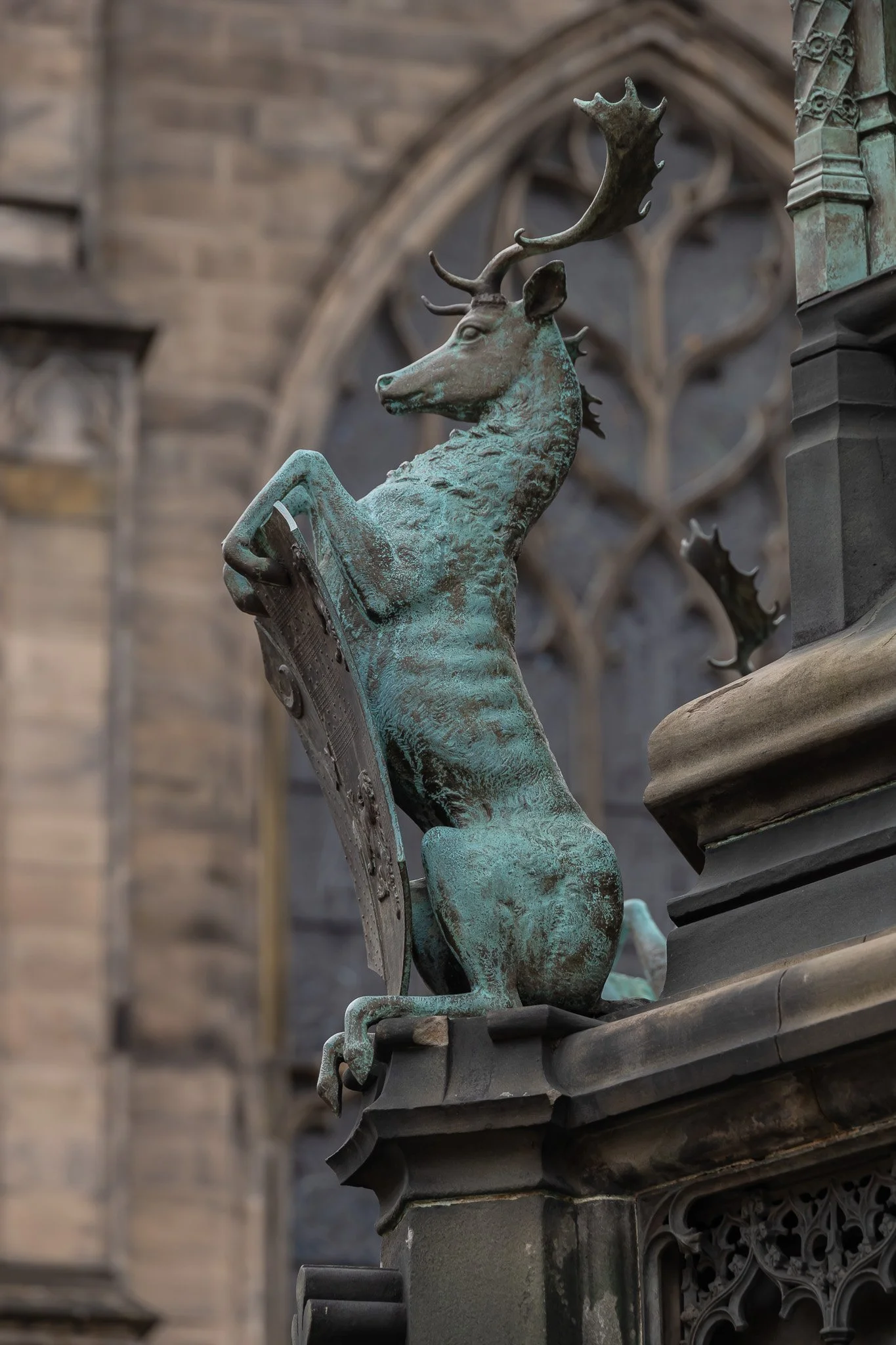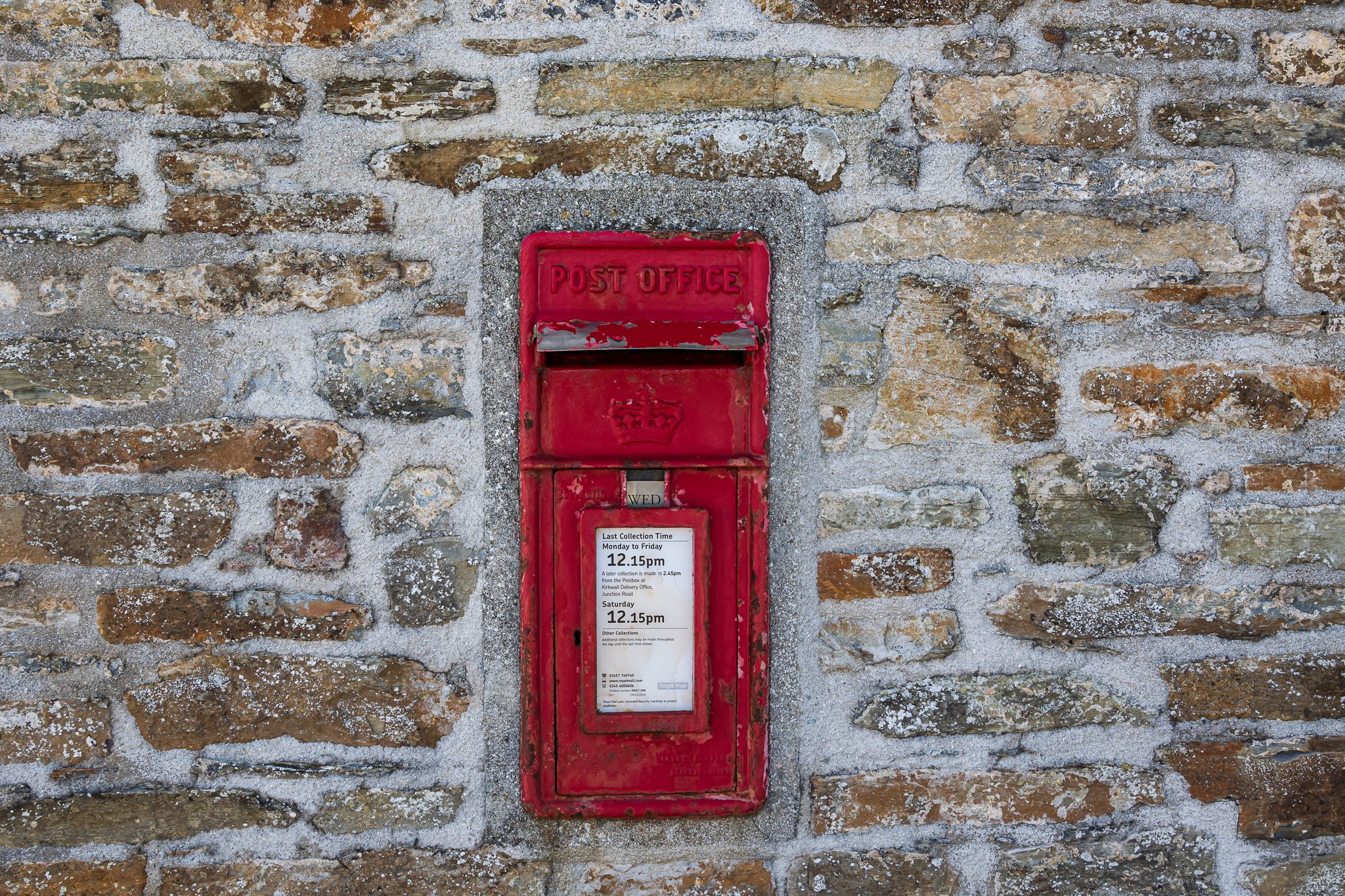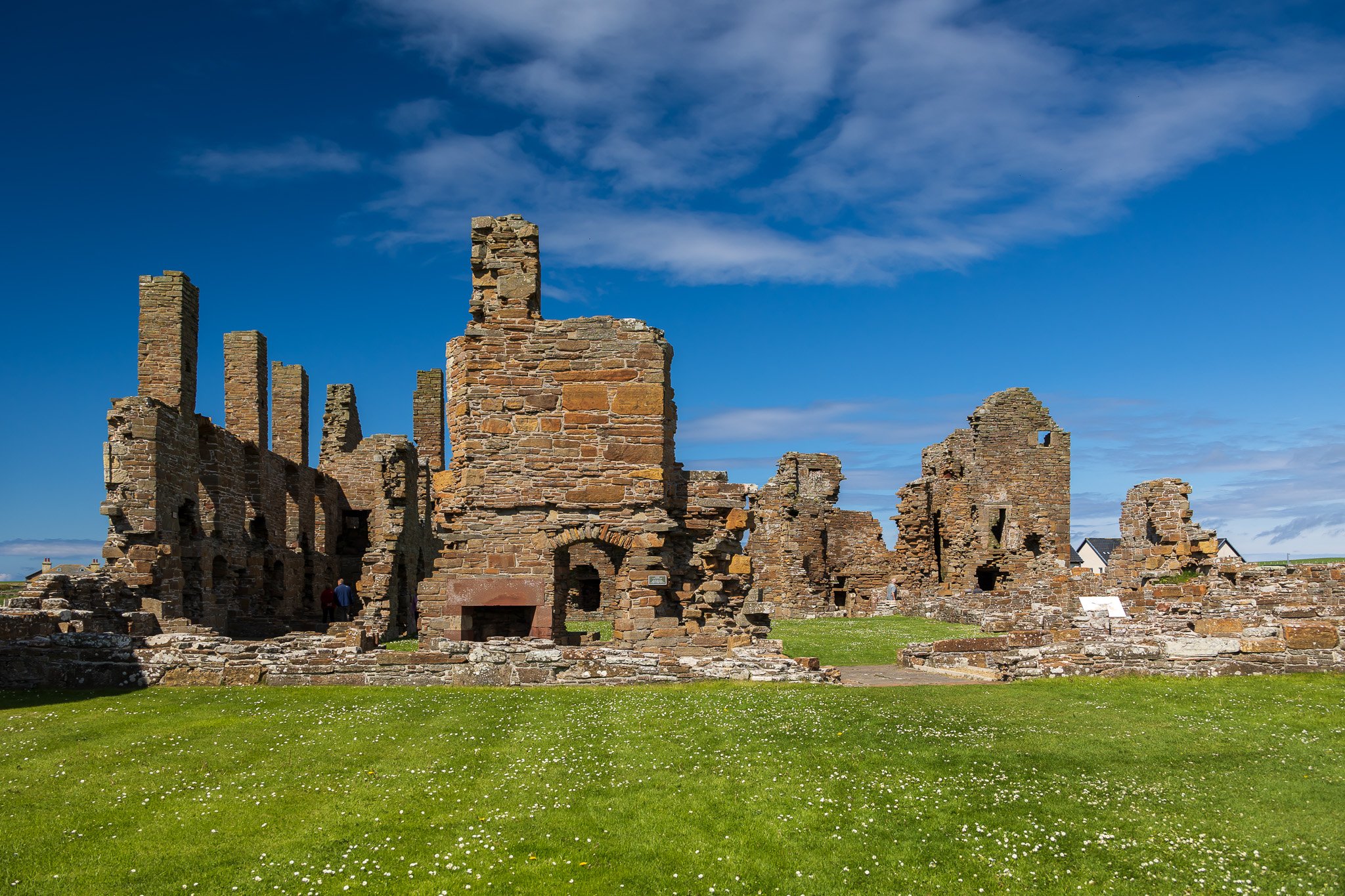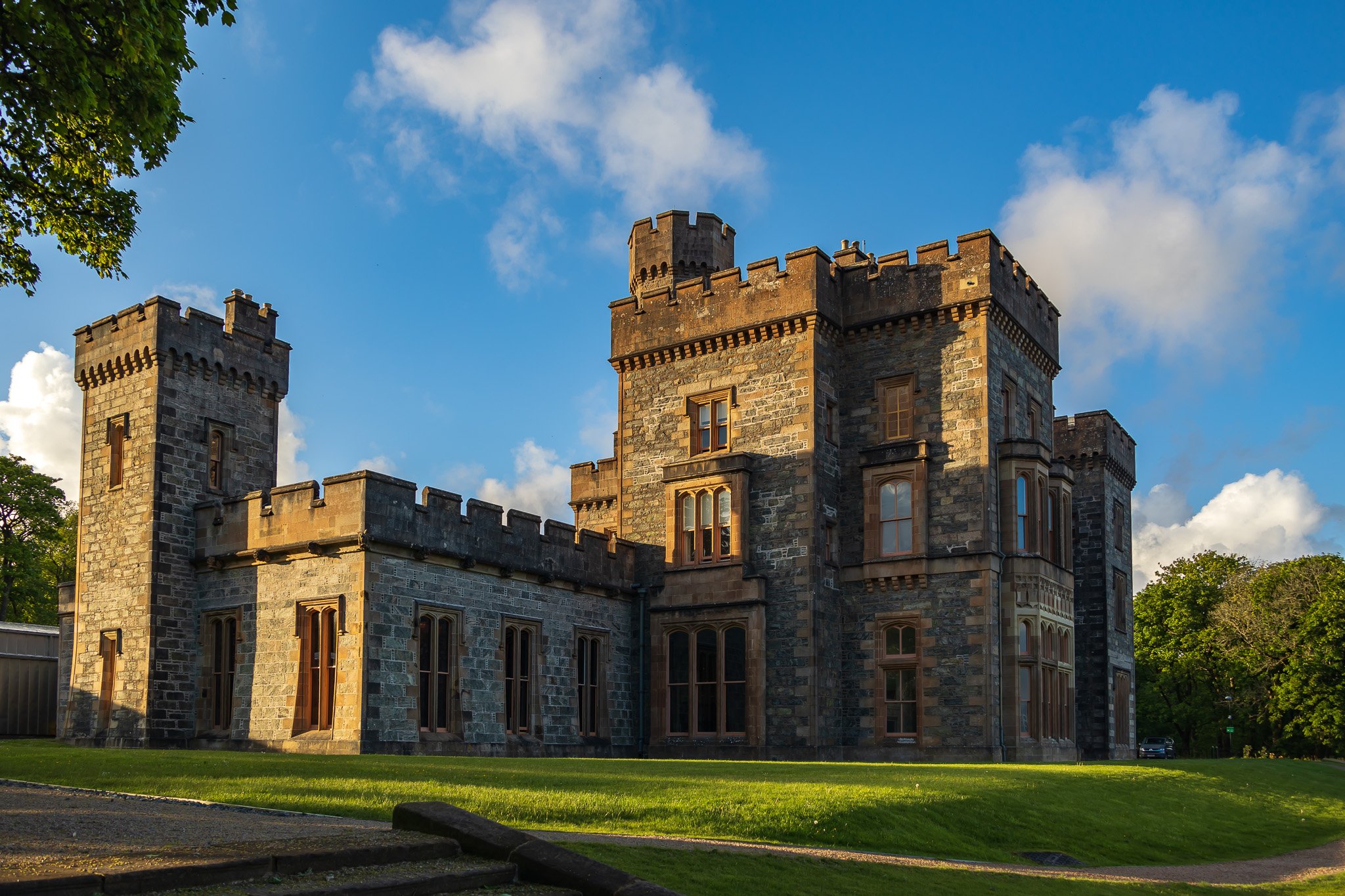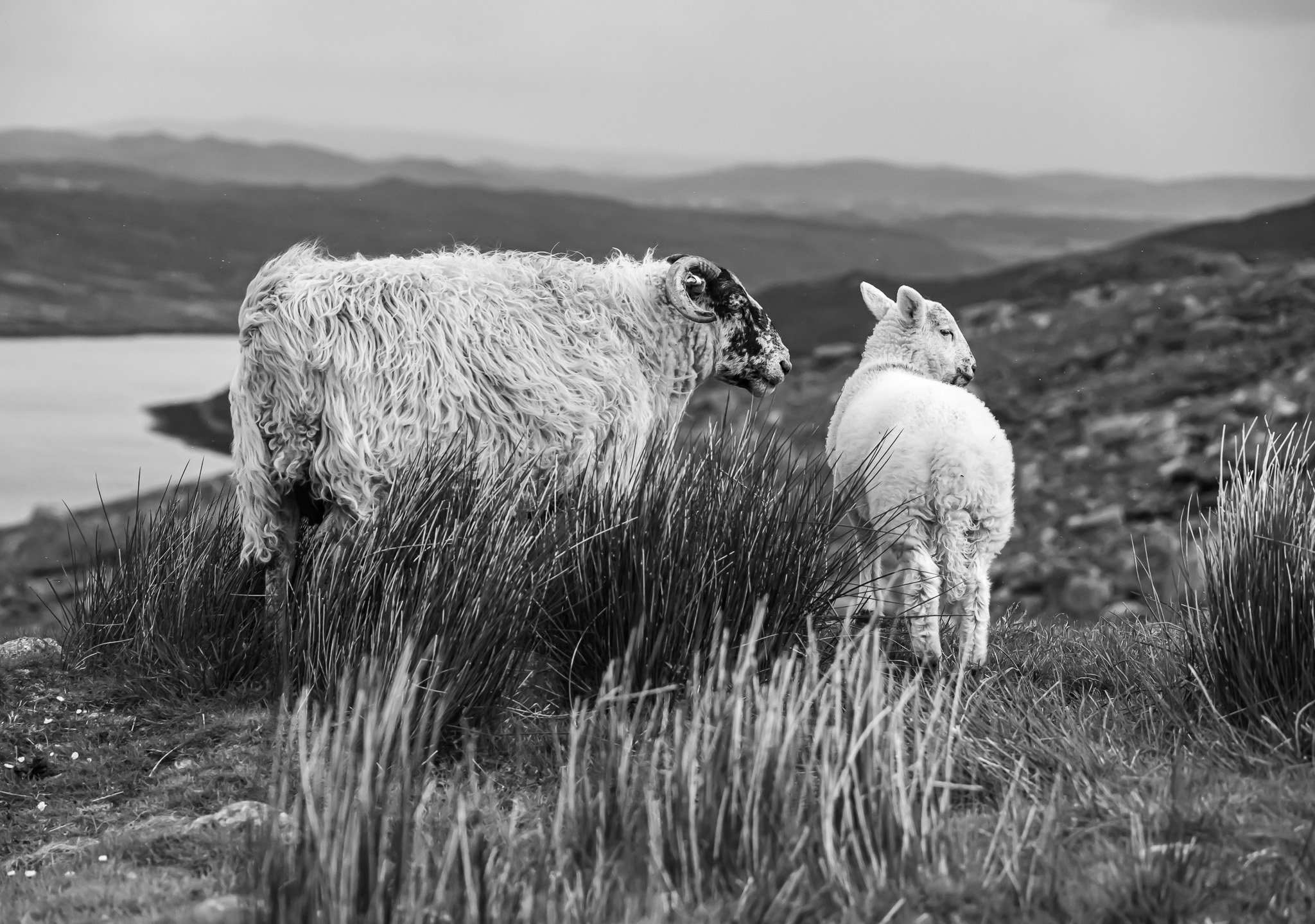Karl arrived in Edinburgh on May 8, 1901. His visit to Scotland was a return to the ancestral home of many Nova Scotians, including his own. Upon arrival in Scotland, he had already travelled 11,000 miles on the Red Bird, 1,300 miles on foot, and 31,000 miles by sea. He was on his third suit of clothes and ninth pair of boots and had worn out three sets of bicycle tires.
Karl’s arrival in Great Britain was the last leg of his journey before returning to Nova Scotia. He had travelled across North America, through Australia, India, Sri Lanka, Egypt and Northern Europe, but he didn’t rush his travels in Scotland. He cycled extensively through Scotland to the small village of John O' Groats at the northeastern tip, then southwest to the bustling city of Glasgow.
I met up with Karl in Edinburgh, where there was mutual affection between Karl and the first city of his travels. Upon arriving in Edinburgh, Karl wrote to the Montreal Daily Star: “Thirty miles northwards brought me to Edinboro’ a beautiful city indeed more handsome by far than any place yet seen by me in my travels.” Meanwhile, the Edinburgh post office stamped Karl’s book on May 10, 1901, at 12:30 pm. Beneath the stamp is handwritten: “We were all delighted to meet Karl and enjoyed his flying visit. God Bless Nova Scotia.”
From Edinburgh, we travelled to Stirling and explored Stirling Castle, pausing at the old battlefield of Bannockburn. Following Karl’s trail in Stirling didn't feel like we were 120 years apart in our respective journeys. Our impressions and perceptions of Stirling were the same as if we were travelling mere months apart.
While in Scotland, Karl’s correspondence frequently referenced the historical battles led by Robert ‘the Bruce’ and freedom fighter William Wallace. He was keen to visit the Wallace monument and see the sword allegedly wielded by the great chieftain. So I did the same, admiring those busts of illustrious Scots in the Hall of Heroes as Karl did.
We continued east to Kinross and then to Lochleven Castle. Built in the 14th century, Lochleven is where Mary Queen of Scots was imprisoned and escaped.
Then we arrived in Dundee.
You’ll recall, dear reader, that when Karl arrived in Dundee on May 15, 1901, he wrote about the polar ships being prepared to search for the north and south poles. Two months after Karl saw the ship, it left the shipyard and sailed south to Antarctica. It was known as the Discovery Expedition and was the first official Antarctic exploration by the British affiliated with the Royal Geographical Society. In 1986 the R.S.S. Discovery returned to Dundee and was moored at Discovery Point as a tourist destination. So my trip included a visit to Discovery Point and where I could climb aboard the R.S.S. Discovery and peek inside Captain Scott’s and Shackleton’s cabins and the quarters of the other crew.
From Dundee, Karl and I stopped to admire the Catherine Wheel at Arbroath Abbey on our way to Stonehaven to see Dunnottar Castle. The abbey was in ruins when Karl visited in 1901, and today, guess what dear reader? It is still in ruins!
Next I stopped in Beauly to see if I could access Beaufort Castle, the former home of Lord Lovat, who established a group of highland scouts in 1899 to fight in the Boer war. It was here that Karl was cared for when he was found lying on the roadside suffering from severe effects related to his malaria. Karl stayed at Beaufort Castle while regaining his strength and watched the training regimen of Lovat Scouts from the window of his room.
Beaufort Castle was sold privately in 1994 and there’s no public access unless you’re a trespasser or an ardent traveller on a quest to trace a journey of a fellow Canadian. I’ll say no more.
After his recovery, Karl was undeterred and kept cycling east to John O’Groats, writing back to the local newspaper about the quirky history of the town and the story of the eight-sided house. Then, Karl did a u-turn on his bicycle and started cycling west across the highlands. I kept going east to Orkney and stayed “sidetracked” to the Isle of Lewis and Harris.
After I had finished traipsing through the Hebrides, I arrived back onto the mainland of Scotland via the Isle of Skye. On my way to Glasgow, like Karl, I enjoyed the “Trossachs” and ventured farther afield up the Munro of Ben Nevis to the Castle of Eileen Donan, and around Oban—the unofficial capital of the West Highlands. All of my “off roading” left my rental car a little worse for wear and I was glad for the canny Glaswegian that came to my aid.
While in Glasgow, Karl attended the international exhibition set up on the 73 acres of land at Kelvingrove Park. He was able to enjoy the international pavilions including a Russian Village, gondola rides along the River Kelvin and the Canadian water chute that plunged into the water. When the exhibition closed, all the buildings and pavilions were taken down but the Kelvingrove Art Gallery and Museum. This was all that was left for my visit, and although I enjoyed the exhibits, especially the small collection of artifacts and images from the 1901 Exhibition, I think Karl’s visit was definitely more exciting.
In Karl’s correspondence to the local newspaper he shared that: “…any Canadian who turns up in that part of the world is treated with the greatest of hospitality.” I’d suggest that in the 120 years separating our respective visits, the hospitality remains, and Scotland continues to be a great part of the world to visit.
Stay tuned next week dear reader for Leg 9 as we start our travels through India. But first enjoy some photos of the places we saw along the way in Scotland.
If you are new to the Karl Chronicles, get caught up on our expedition around the world! Start here with: 100 highlights from 100 Chronicles
Then get caught up on the rest of our journey, click here for more Karl Chronicles
The Karl Journey is now registered as an official expedition with the Royal Geographical Society




